Archives
- 2018-07
- 2019-04
- 2019-05
- 2019-06
- 2019-07
- 2019-08
- 2019-09
- 2019-10
- 2019-11
- 2019-12
- 2020-01
- 2020-02
- 2020-03
- 2020-04
- 2020-05
- 2020-06
- 2020-07
- 2020-08
- 2020-09
- 2020-10
- 2020-11
- 2020-12
- 2021-01
- 2021-02
- 2021-03
- 2021-04
- 2021-05
- 2021-06
- 2021-07
- 2021-08
- 2021-09
- 2021-10
- 2021-11
- 2021-12
- 2022-01
- 2022-02
- 2022-03
- 2022-04
- 2022-05
- 2022-06
- 2022-07
- 2022-08
- 2022-09
- 2022-10
- 2022-11
- 2022-12
- 2023-01
- 2023-02
- 2023-03
- 2023-04
- 2023-05
- 2023-06
- 2023-07
- 2023-08
- 2023-09
- 2023-10
- 2023-11
- 2023-12
- 2024-01
- 2024-02
- 2024-03
- 2024-04
- 2024-05
- 2024-06
- 2024-07
- 2024-08
- 2024-09
- 2024-10
- 2024-11
- 2024-12
- 2025-01
- 2025-02
- 2025-03
- 2025-04
- 2025-09
- 2025-10
-
The CK catalyzes the reversible conversion of creatine into
2023-07-19
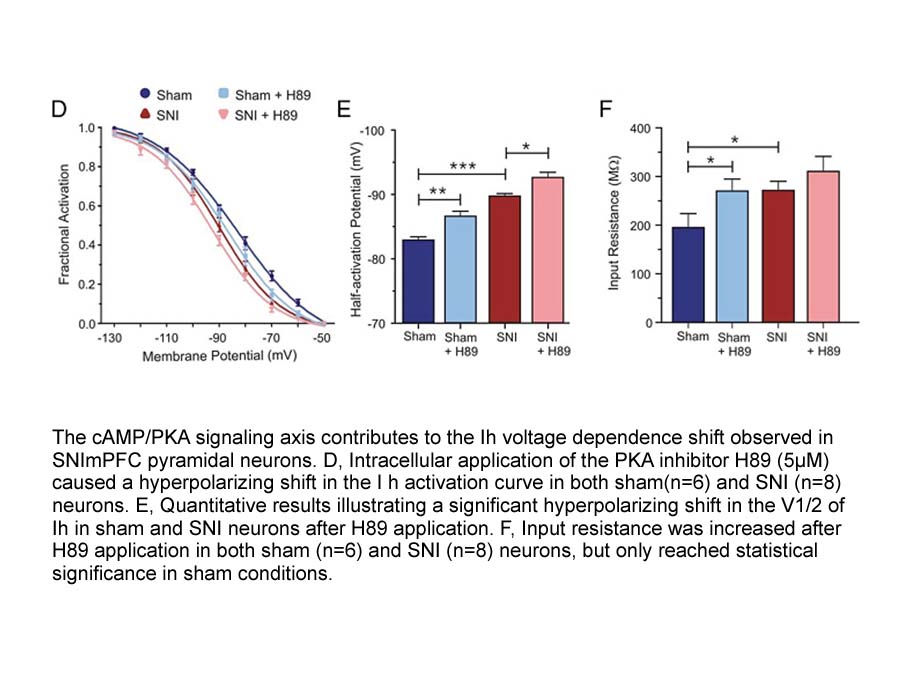
The CK catalyzes the reversible conversion of creatine into creatine phosphate using ATP and thereby releasing ADP. The CK isoenzymes, specifically localized in places where there is a demand and production of energy, are linked to a creatine/creatine phosphate shuttle (Wallimann et al., 1998). This
-
In the presence of detrimental conditions such as inflammati
2023-07-19
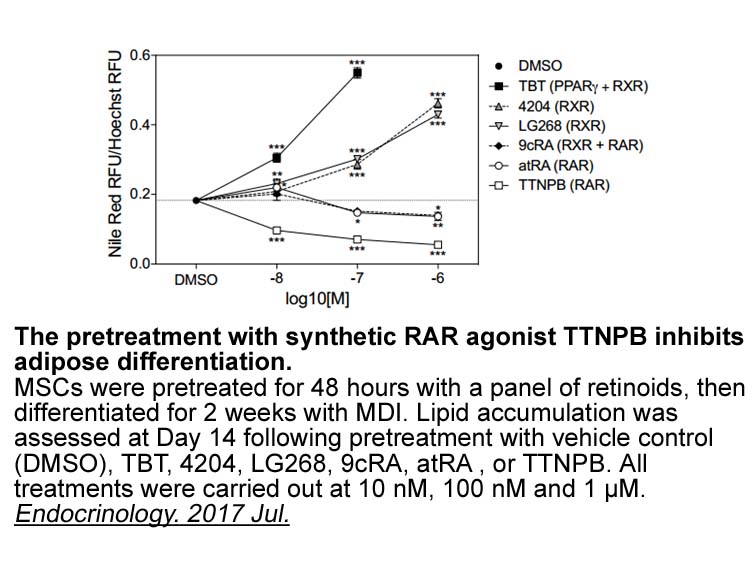
In the presence of detrimental conditions, such as inflammation, hypoxia, ischemia trauma or neoplastic milieu, the extracellular levels of adenosine increase massively, reaching micromolar range [51,52]. In these pathological contexts, adenosine accumulation stems from increased extracellular depho
-
In conclusion we have demonstrated that
2023-07-19
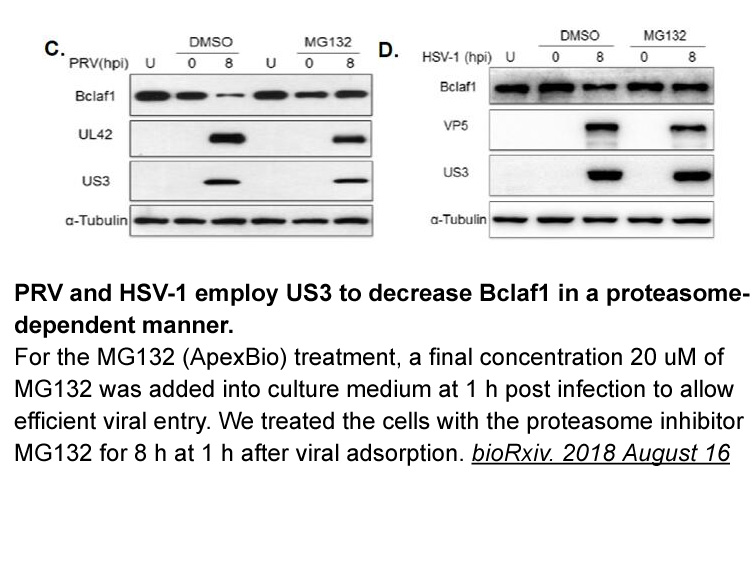
In conclusion, we have demonstrated that ,-diaryl-1-pyrazolo[3,4-]pyrimidine-3,6-diamines represent a novel class of ACK1 inhibitors. The presence of a polar substituent at C-4 of the N-6 aryl ring was shown to be unnecessary for maintaining high levels of inhibitory activity. Furthermore, selectivi
-
Osteoblasts have been thought to be the major
2023-07-19
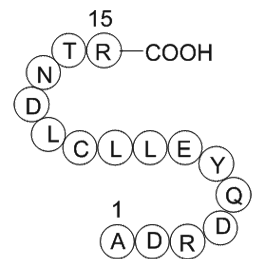
Osteoblasts have been thought to be the major cell type that expresses RANKL (Suda et al., 1999) which is a ligand for osteoprotegerin (OPG) and which functions as a key factor for osteoclast differentiation and activation. Recently, Nakashima and his colleagues (Nakashima et al., 2011) demonstrate
-
Despite hydrolysis with commercial enzymes like trypsin
2023-07-19
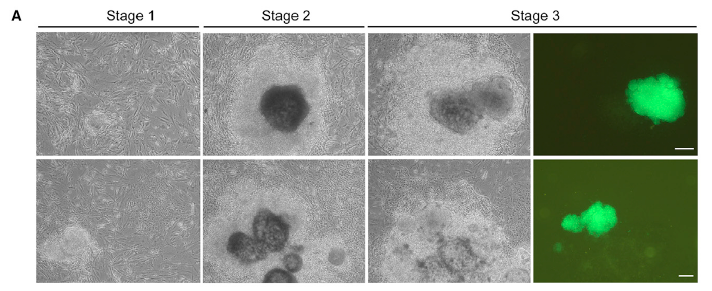
Despite hydrolysis with commercial enzymes like trypsin, pepsin, Alcalase, Flavourzyme and Thermolysin have been used to digest parent proteins and generate peptides, microbial fermentation by proteolytic species has also proved to be a successful strategy (Fakhfakh et al., 2013, Jemil et al., 2016,
-
Composite soil samples were transported to the laboratory an
2023-07-19
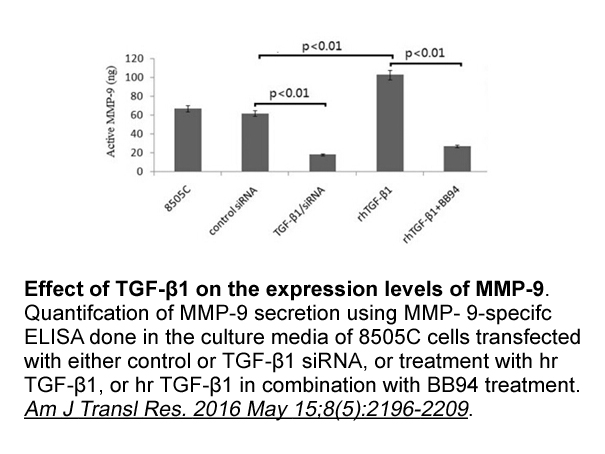
Composite soil samples were transported to the laboratory and then dried, crushed and passed through a 2mm sieve was. Sample digestion and release of elements method Sposito was performed [15]. Accordingly, taking into account soil moisture to 2g soil samples 12.5ml of nitric acid was added 4M. Samp
-
Hydroxyurea mg br Dihydrotestosterone in adult fish and
2023-07-19
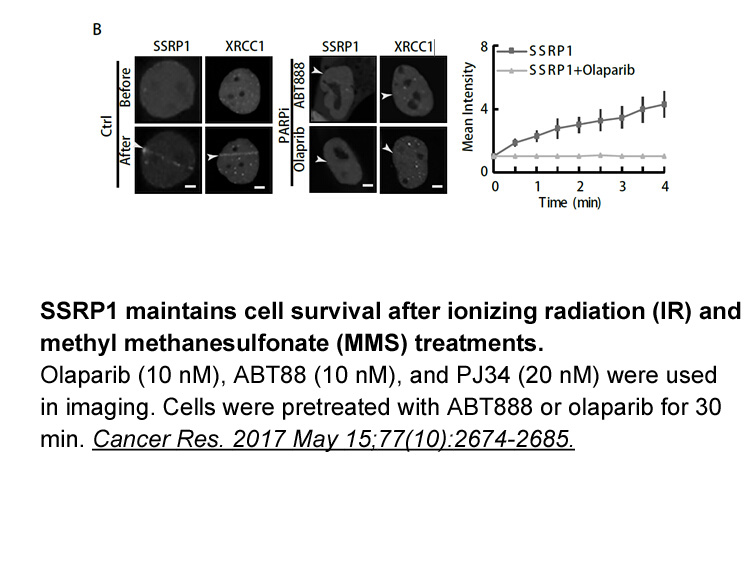
Dihydrotestosterone in adult fish and frogs New perspectives and next directions Similar to other androgens, DHT can modulate reproductive endpoints in both fish and amphibians. However, predicting the effects of DHT can be challenging, as reproductive homeostasis is dependent upon the balance
-
The authors thank Dr J
2023-07-19
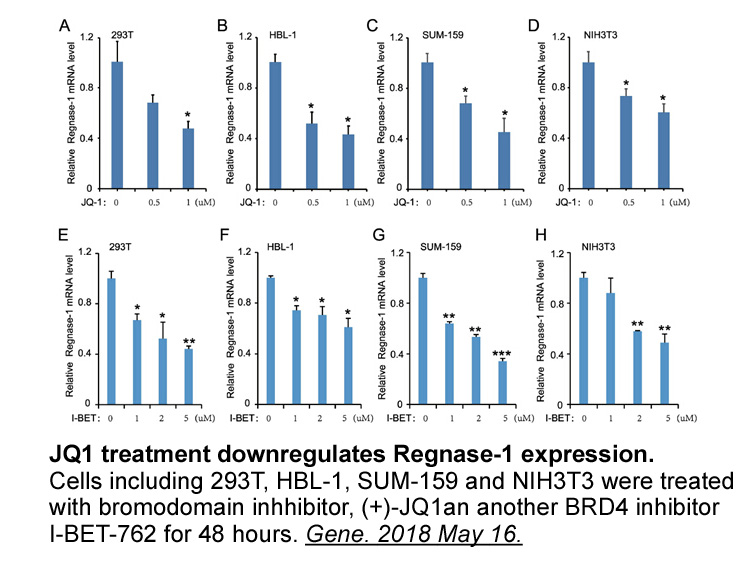
The authors thank Dr. J. Aoki, University of Tokyo, for kindly providing 5E5-ATX antibody. This work was supported by a grant from the Deutsche Forschungsgemeinschaft to A.E.K. (KR4391/1-1), research grants “Primary sclerosing cholangitis” from the Deutsche Crohn-Colitis-Vereinigung and the Norwegia
-
Two critical determinants of receptor trafficking
2023-07-19
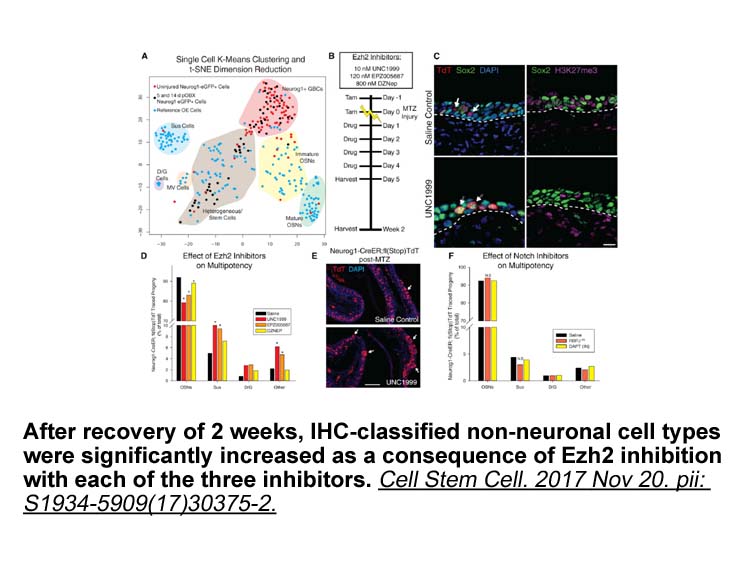
Two critical determinants of receptor trafficking are found within the GABAB1 cytoplasmic tail: the di-leucine internalization signal (EKSRLL) (Margeta-Mitrovic et al., 2000, Restituito et al., 2005) and the ER retention signal (RSRR) (Calver et al., 2001, Margeta-Mitrovic et al., 2000, Pagano et al
-
The physiologic conditions and signaling mechanisms
2023-07-19
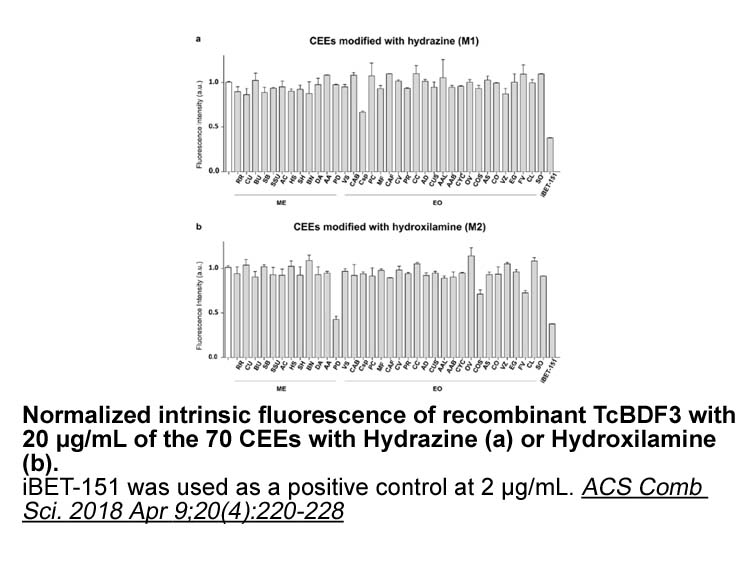
The physiologic conditions and signaling mechanisms that regulate apelin secretion and APLNR expression in malignant tissues appear to be multifactorial. Previous studies have shown that hyperplastic and neoplastic cholangiocytes secrete a variety of hormones, peptides, and growth factors that help
-
Besides above mentioned UV visible and fluorescence spectros
2023-07-19
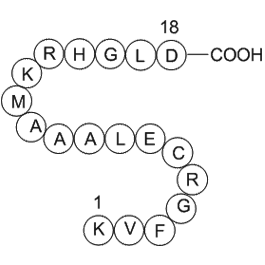
Besides above-mentioned UV–visible and fluorescence spectroscopy methods, electron paramagnetic resonance (EPR) spectroscopy, the only analytical method that detect compounds having unpaired electrons known as free radicals, was rarely used in antioxidant capacity measurement (Amarowicz et al., 2004
-
Plant tissues were thought to be
2023-07-19

Plant tissues were thought to be natural sources containing different types of antioxidant compounds (tocopherols, ascorbic acid, carotenoids, and phenolic compounds). As a general classification, antioxidants were grouped as vitamins (ascorbic acid, tocopherols), carotenoids (condensed tannins, xan
-
Indications that HMGA proteins are involved in regulating
2023-07-19
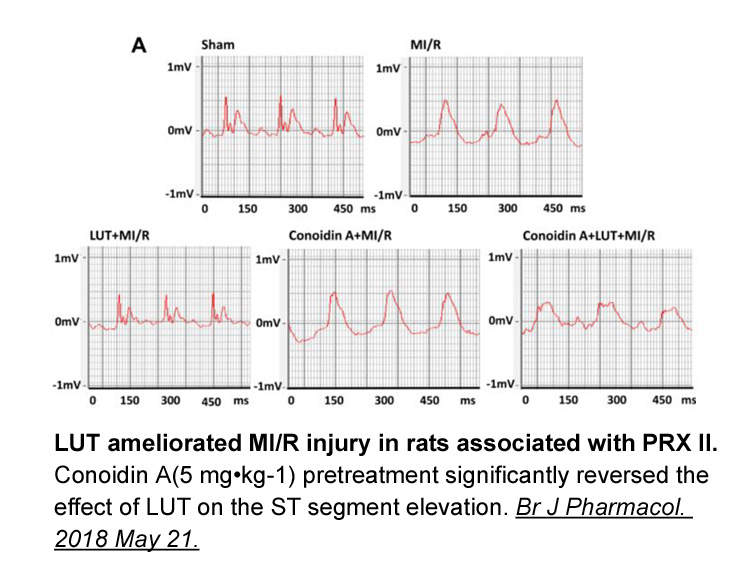
Indications that HMGA proteins are involved in regulating the structure and function of large chromatin domains come from the early work of Saitoh and Laemmli [143]. Employing immunolocalization techniques, these workers demonstrated that HMGA1 proteins are co-localized with both histone H1 and the
-
Hsp also called FK binding protein FKBP is one
2023-07-19
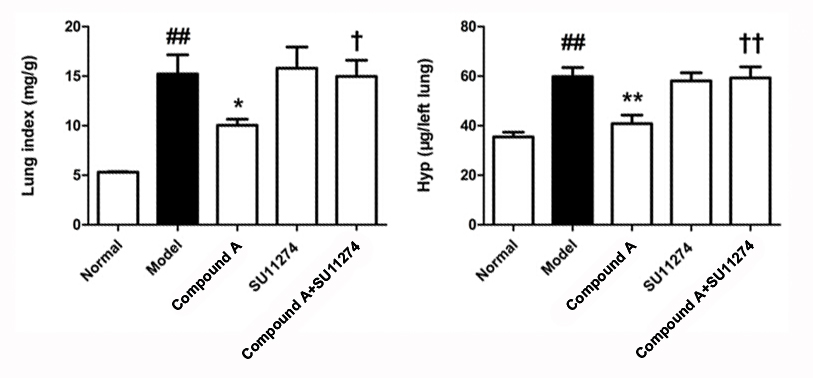
Hsp56 (also called FK506-binding protein 52, FKBP52) is one of the steroid receptor-associated immunophilins with tetratricopeptide repeat domains, which serve as binding sites for Hsp90 (Peattie et al., 1992). Hsp56 is elevated in breast cancer compared with normal breast tissue (Ward et al., 1999)
-
In a missense mutation at codon of the PRNP
2023-07-19
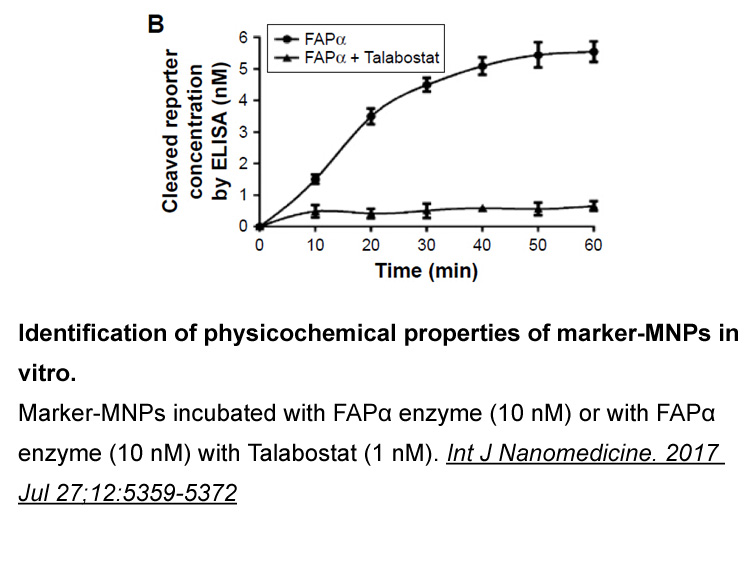
In 1989, a missense mutation at codon 102 of the PRNP gene was first reported to be associated with GSS and, in 1991, the same mutation was also found in affected members of the “H” family (Hsiao et al., 1989; Kretzschmar et al., 1991). By 1995, the pedigree of the “H” family included 221 family mem
15826 records 312/1056 page Previous Next First page 上5页 311312313314315 下5页 Last page